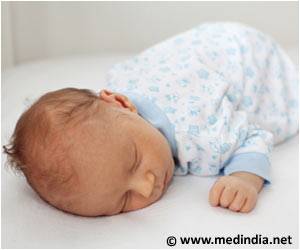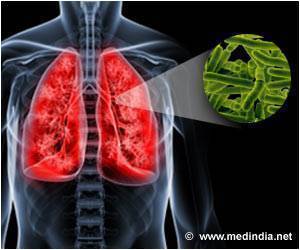
To better understand the strengths and upper limits of the ant's neck, the researchers reverse-engineered the biomechanics by developing 3-D models of the of the ant's internal and external anatomy.
The models were created by importing X-ray cross-section images (microCT) of ant specimens into a modeling program that assembled the segments and converted them into a mesh frame model of more than 6.5 million elements.
The model then was loaded into a finite element analysis program (Abaqus), an application that creates accurate simulations of complex geometries and forces, and the data was processed on the powerful Oakley Cluster, an array of 8,300 processor cores (Intel Xeon) at the Ohio Supercomputer Center.
The simulations were run in conjunction with lab experiments that used a centrifuge to measure changes in the ants' anatomies under a range of calculated loads. The experiments revealed that the neck joints could withstand loads of about 5,000 times the ant's body weight, and that the ant's neck-joint structure produced the highest strength when its head was aligned straight, as opposed to turned to either side.
The simulations confirmed the joint's directional strength and, consistent with the experimental results, indicated that the critical point for failure of the neck joint is at the neck-to-head transition, where soft membrane meets the hard exoskeleton.
Advertisement
The research has been published in the Journal of Biomechanics.
Advertisement








